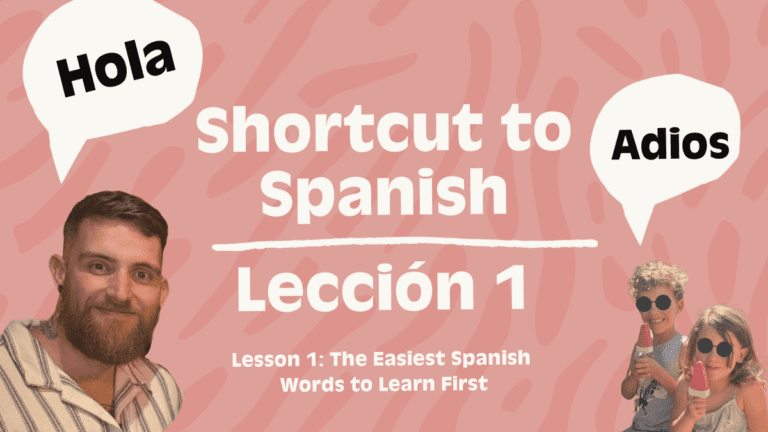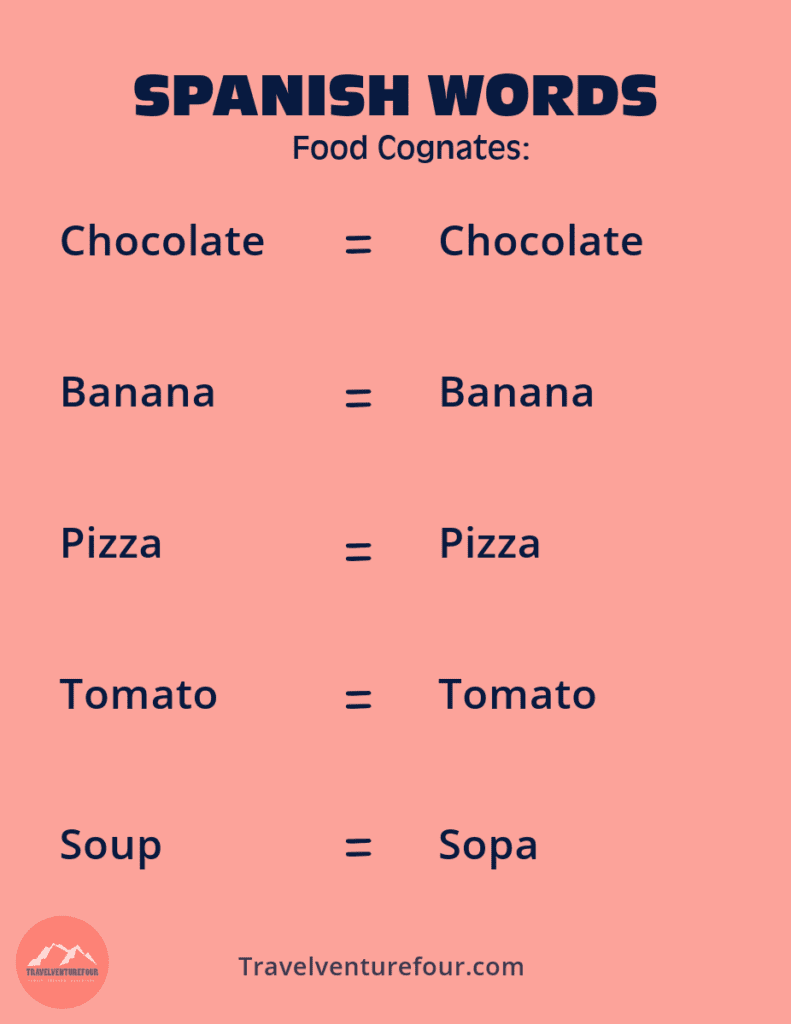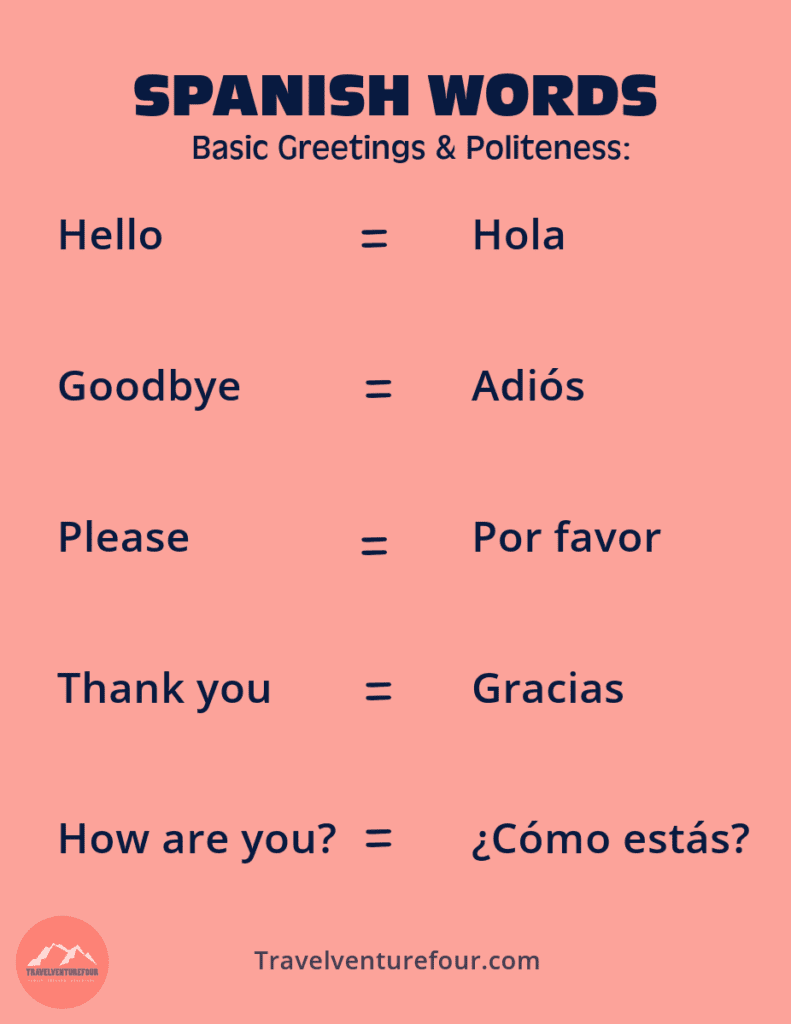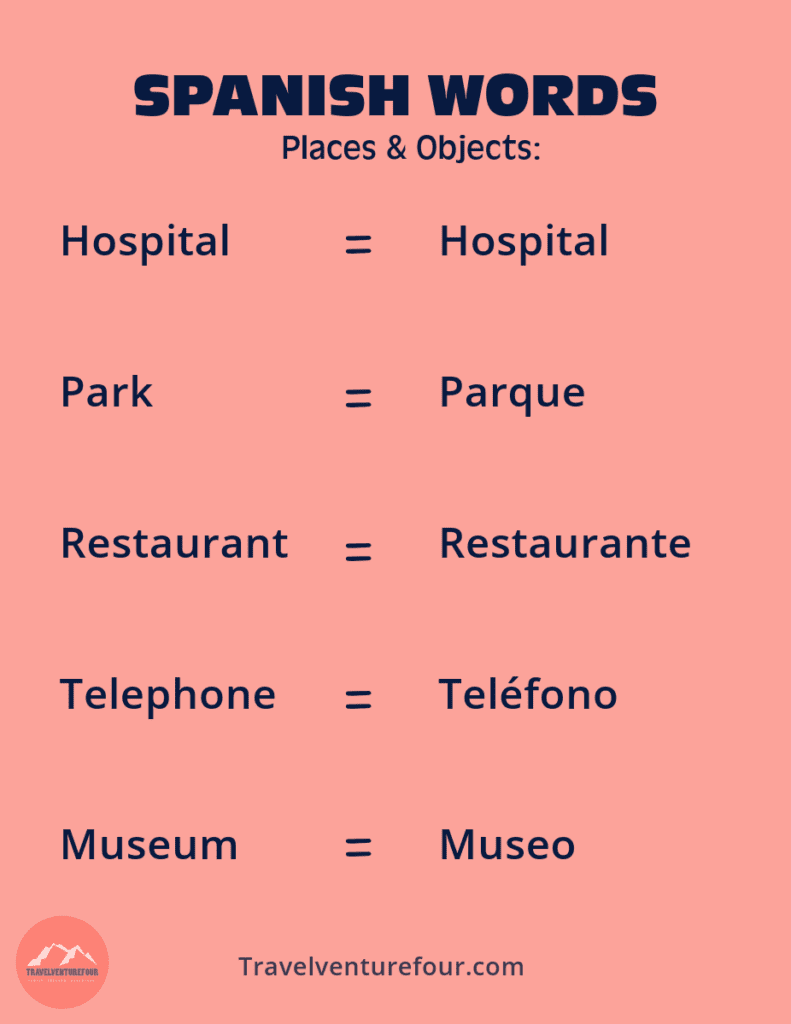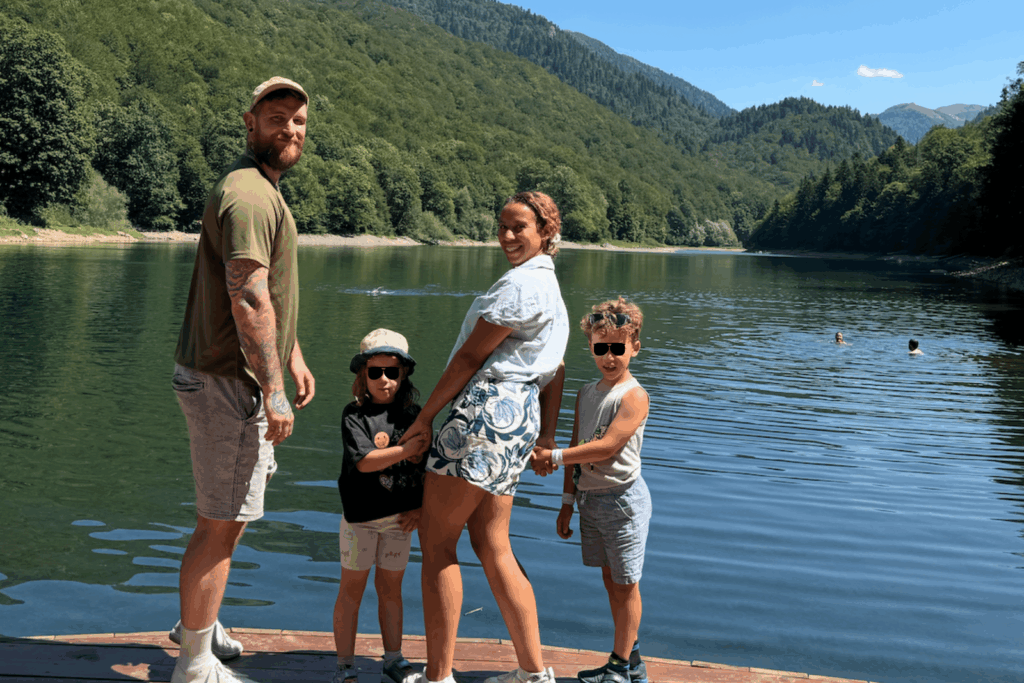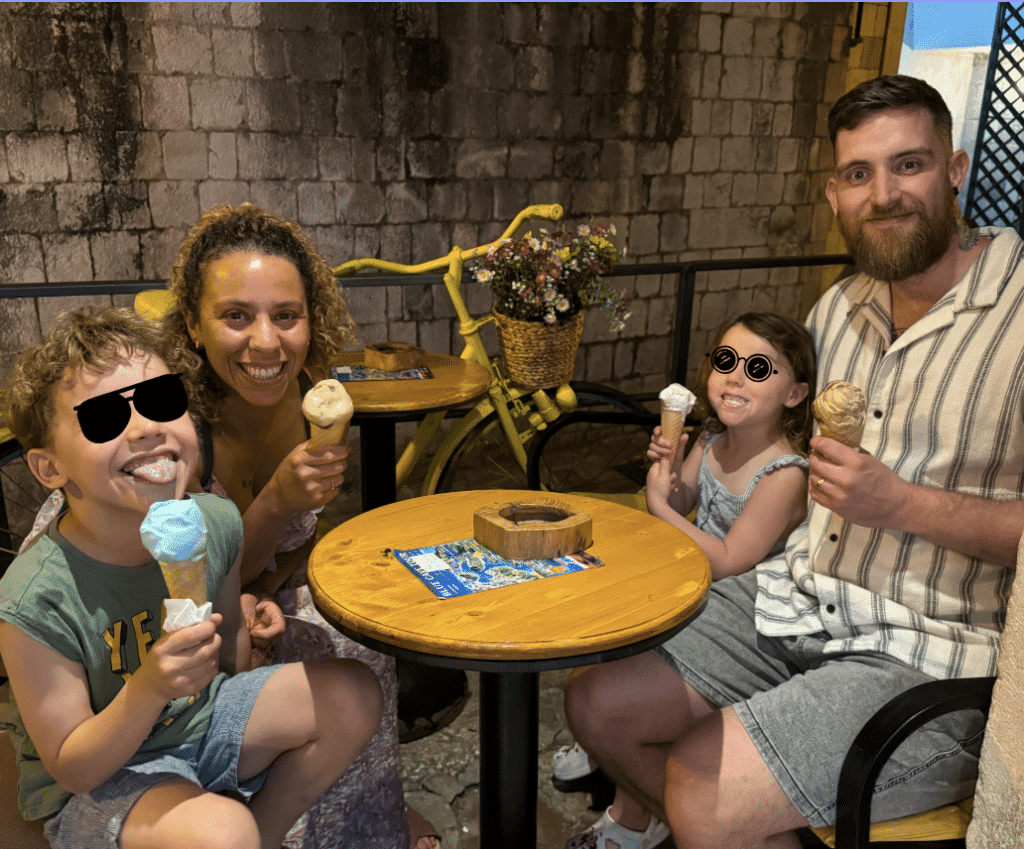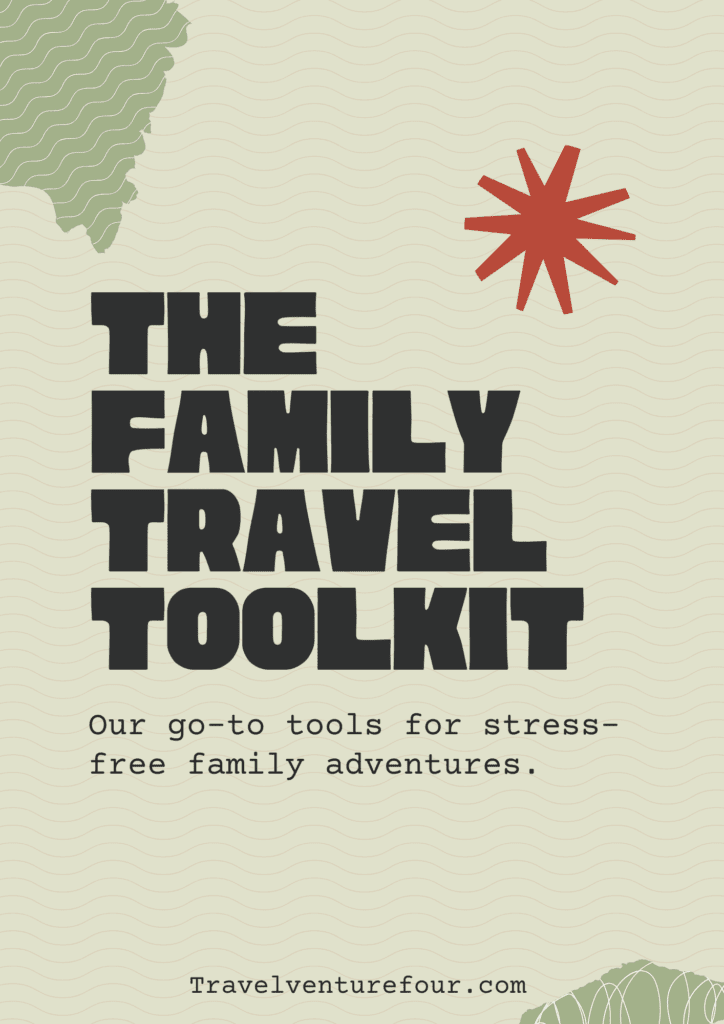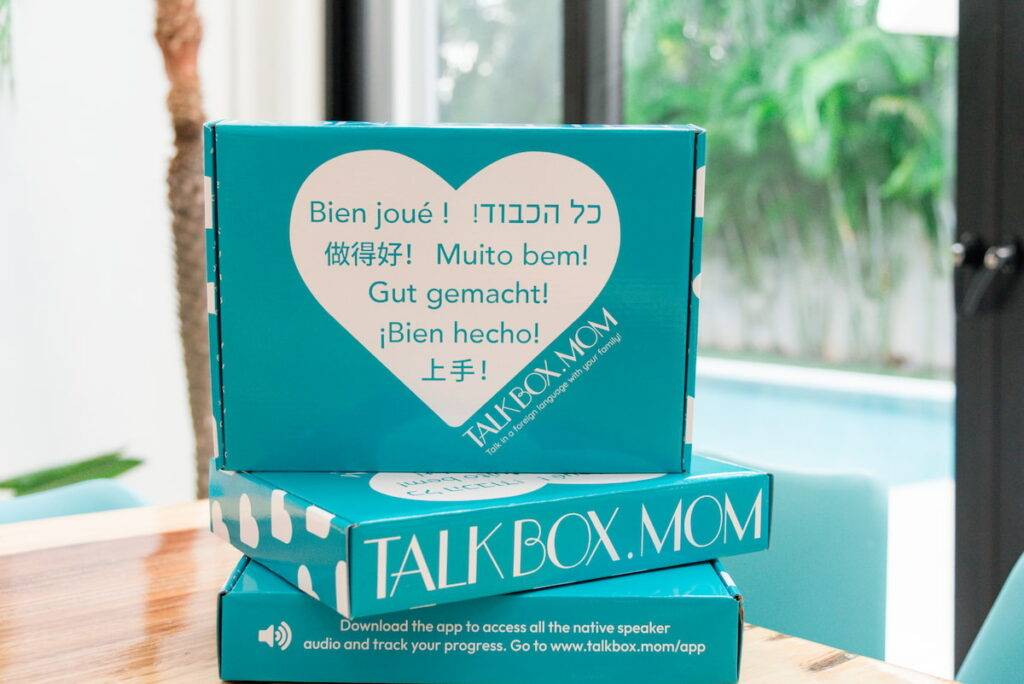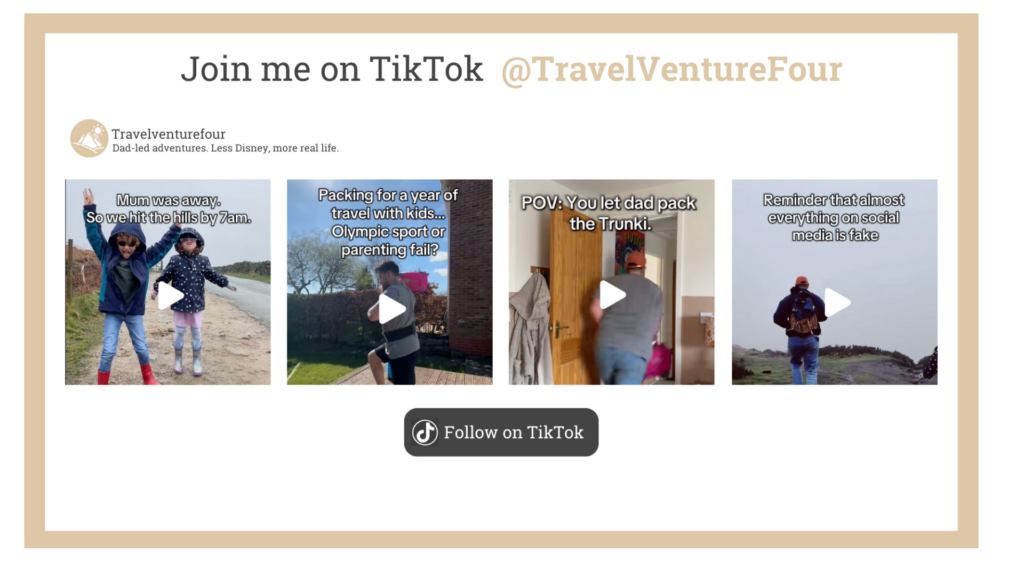Learning Spanish Fast Doesn’t Have to Be Hard
When we first started learning Spanish as a family, we thought it would take years before we could have even the simplest conversations. But we quickly realised that we already knew hundreds of Spanish words without even trying. How? Because Spanish and English share a lot of similarities!
If you want a fast-track way to start speaking Spanish, the key is to use what you already know. Here’s how we’re building our Spanish vocabulary effortlessly and making language learning fun as a family.
If this saved you hours of packing stress, consider throwing a coffee our way (it’s cheaper than another packing cube).
1. Start with Words That Are Practically the Same in English & Spanish
Spanish and English have thousands of cognates (words that look and mean the same in both languages). This makes learning a huge chunk of vocabulary easy!
Example:
Actor = Actor
Hotel = Hotel
Animal = Animal
Hospital = Hospital
These words require zero effort to remember because they are already part of your vocabulary, the pronuctionation is slightly different. We started pointing them out in everyday conversations and got the kids excited every time we recognised one!
Activity Idea: Try a word hunt in your home where you and the kids list out words you already know in Spanish. You’ll be surprised at how many you can find!
2. Use Simple Rules to Convert English Words into Spanish
Once you know how many words were similar, you can take it a step further. Many English words can be turned into Spanish by following simple patterns.
Here are some of the easiest ones:
1. Words ending in -tion in English often change to -ción in Spanish:
Nation → Nación
Education → Educación
Conversation → Conversación
2. Words ending in -ty in English often change to -dad in Spanish:
City → Ciudad
Reality → Realidad
Opportunity → Oportunidad
3. Words ending in -ic in English often change to -ico in Spanish:
Basic → Básico
Electric → Eléctrico
Fantastic → Fantástico
How We Use This Rule: We turned it into a family challenge—every time we saw an English word with one of these endings, we tried to guess what the Spanish equivalent would be. It became a game, and the kids loved it!
3. Focus on Everyday Phrases First
Instead of memorising long lists of words, we jumped straight into real-life phrases we could use at home. That’s why we started using TalkBox.Mom, which helped us integrate Spanish into our daily routine.
Some of the first phrases we started using:
¿Tienes hambre? (Are you hungry?)
Más, por favor. (More, please.)
Tirar la busura. (Throw it in the trash.)
These little sentences quickly became second nature, and the kids picked them up fast just by hearing them in context every day.
Tip: Don’t worry about grammar at first (You’ll get yourself stressed) just focus on using the language as much as possible in daily life!
4. Keep It Fun and Engaging for Kids
We found that the key to keeping our kids engaged was to make learning Spanish feel like a game, not a lesson.
The more we got stressed, the less they learned…Make it fun.
Some of the ways we made it fun:
- Flashcard Treasure Hunt – We placed Spanish flashcards on objects around the house (e.g., “puerta” on the door, “ventana” on the window) and had the kids find and say them out loud.
- Drawing Challenge – The kids would draw a food item, and we’d have to name it in Spanish before they showed us the picture.
- Silly Voices Practice – Practicing phrases in funny voices kept the kids entertained and helped them remember them better!
Lesson Learned: When learning is fun, it sticks. The more playful and creative we made it, the faster everyone picked up the language.
5. Don’t Worry About Perfection – Just Speak!
One of the biggest mindset shifts we had to make was letting go of perfection. At first, we hesitated to speak because we were afraid of making mistakes. But the truth is, the only way to learn is by trying.
We started celebrating every small success, even if it was just getting one word right or remembering to say “gracias” instead of “thank you.” The more we spoke, the more natural it felt.
Oh and DO NOT correct each other.
Tip for Parents: Your kids will follow your lead. If they see you having fun and not worrying about mistakes, they’ll feel more comfortable speaking, too.
Final Thoughts: Spanish Learning Doesn’t Have to Be Overwhelming
If you’re looking for a shortcut to Spanish as a family, start small, keep it fun, and don’t be afraid to speak. Before you know it, you’ll be using Spanish in everyday life, without even realising it!
💬 Next Up: Keep watch for our next lesson: Building a Spanish Foundation: Easy Words to Learn First

